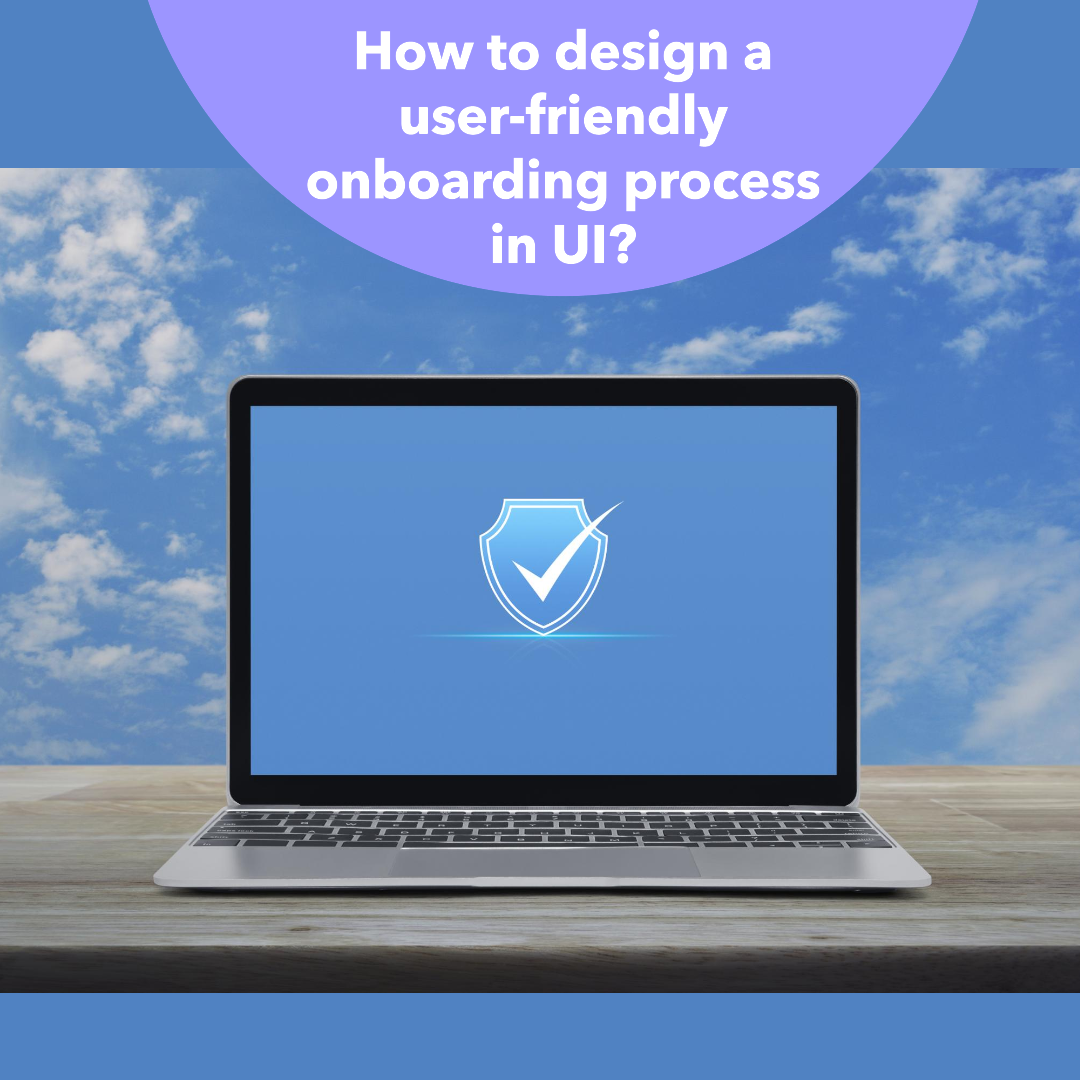How to design a user-friendly onboarding process in UI?
The onboarding process is the first interaction that a new user has with your product or service. It is a critical opportunity to make a good first impression and to encourage users to continue using your product or service.
A well-designed onboarding process can help you to:
- Increase user engagement and retention
- Reduce support costs
- Improve user satisfaction
How to design a user-friendly onboarding process in UI
Here are some tips for designing a user-friendly onboarding process in UI:
- Set clear expectations. The first step in designing a user-friendly onboarding process is to set clear expectations for users. What will they learn during the onboarding process? What will they be able to do at the end of the onboarding process?
- Keep it simple. The onboarding process should be simple and easy to follow. Avoid overwhelming users with too much information or too many steps.
- Use progressive disclosure. Progressive disclosure is a technique where you reveal information to users gradually as they need it. This can help to prevent users from feeling overwhelmed.
- Provide feedback. Provide feedback to users throughout the onboarding process. This will help them to know where they are in the process and to identify any errors they may be making.
- Make it personal. Tailor the onboarding process to the individual user’s needs and goals. This can be done by asking users questions about themselves or by using data that you have collected about them.
- Use visuals. Use visuals, such as images, videos, and animations, to make the onboarding process more engaging and visually appealing.
- Test your onboarding process with users. Once you have designed your onboarding process, test it with users to get feedback. This will help you to identify any usability issues and make necessary refinements.
Examples of well-designed onboarding processes in UI
Here are some examples of well-designed onboarding processes in UI:
- Dropbox: Dropbox’s onboarding process is simple and straightforward. It guides users through the process of creating an account, uploading files, and sharing files with others. Dropbox also uses progressive disclosure to reveal information to users gradually as they need it.
- Slack: Slack’s onboarding process is fun and engaging. It uses a series of interactive tasks to teach users how to use Slack’s features. Slack also personalizes the onboarding process by asking users questions about themselves and their team.
- Duolingo: Duolingo’s onboarding process is gamified. It uses points, badges, and leaderboards to motivate users to learn a new language. Duolingo also makes the onboarding process personal by asking users to set a goal for themselves.
Conclusion
By following the tips in this blog post, you can design a user-friendly onboarding process in UI that will help you to increase user engagement and retention, reduce support costs, and improve user satisfaction.








